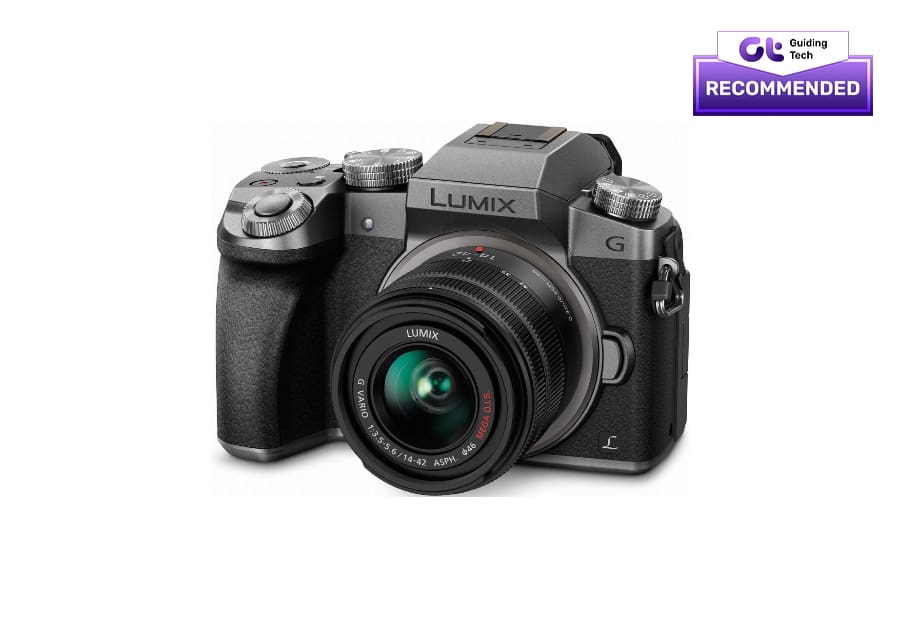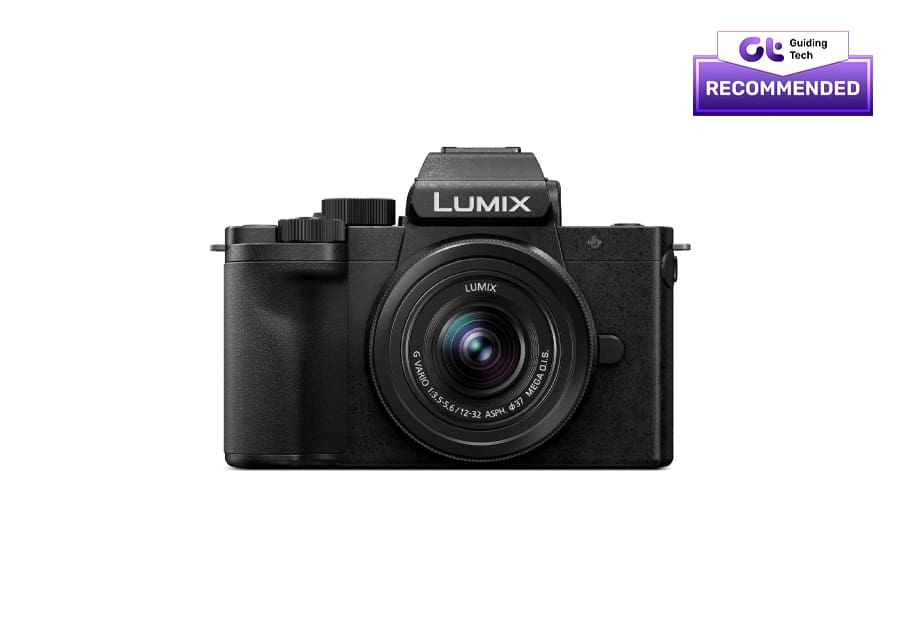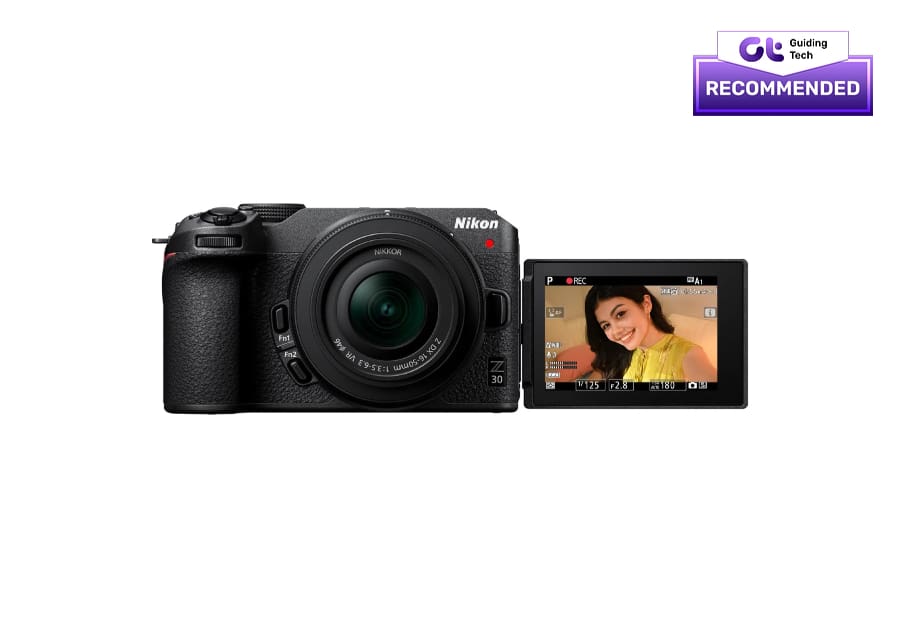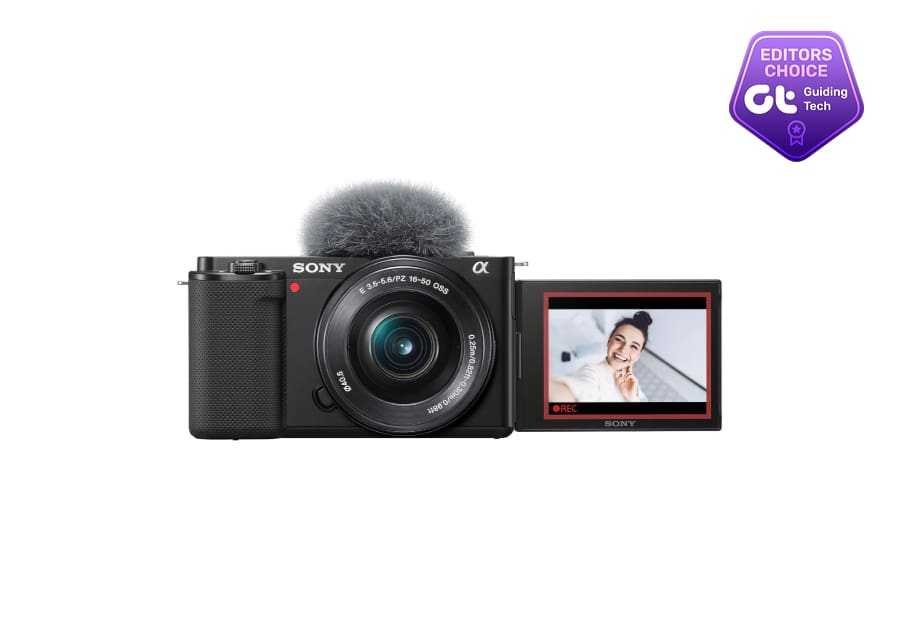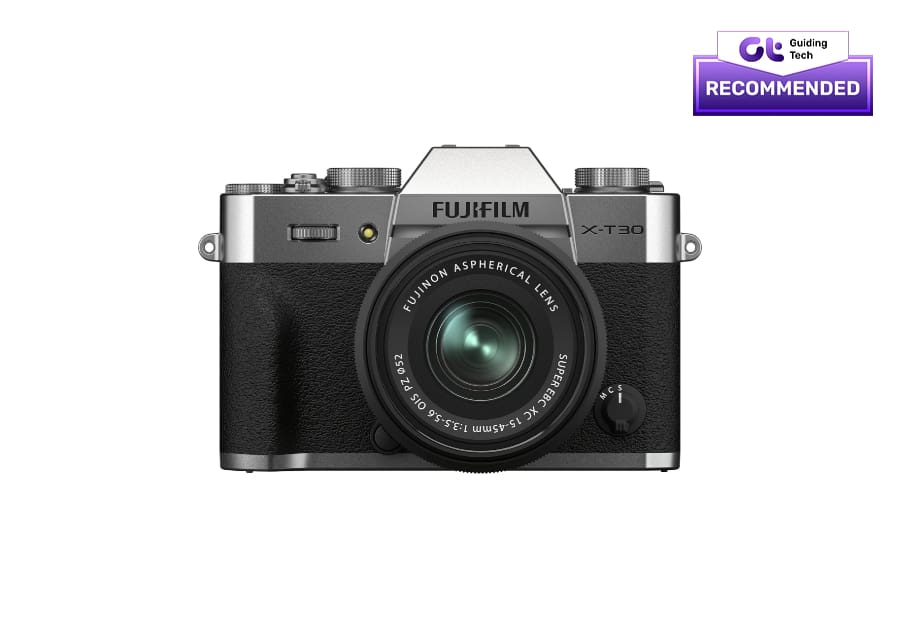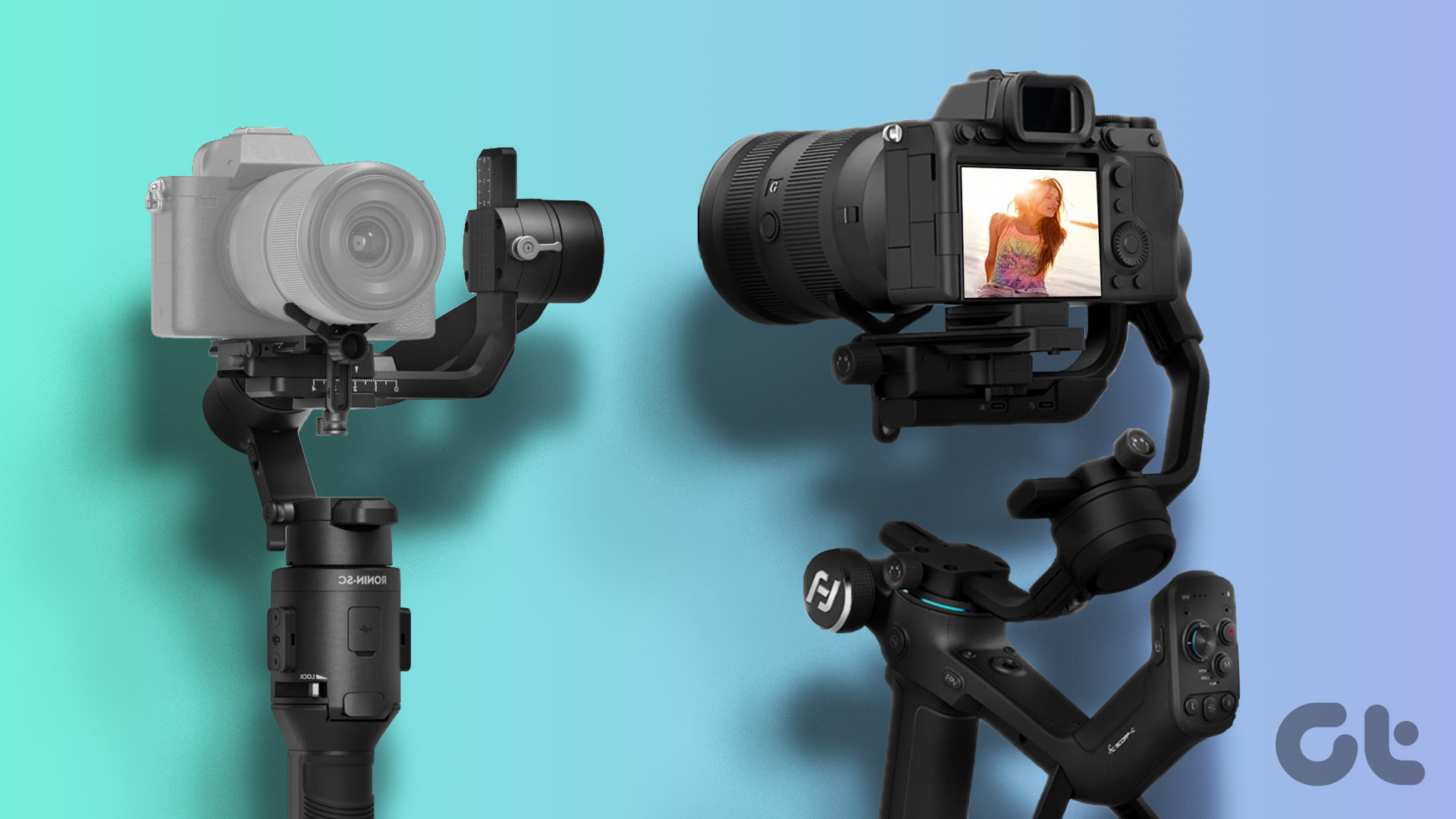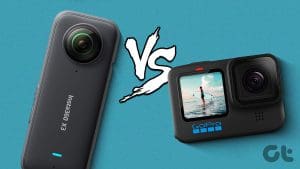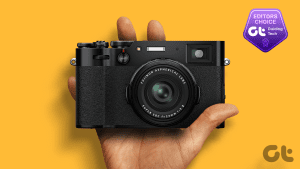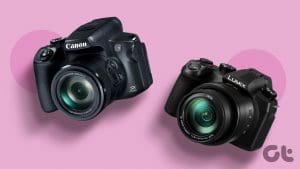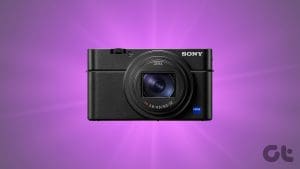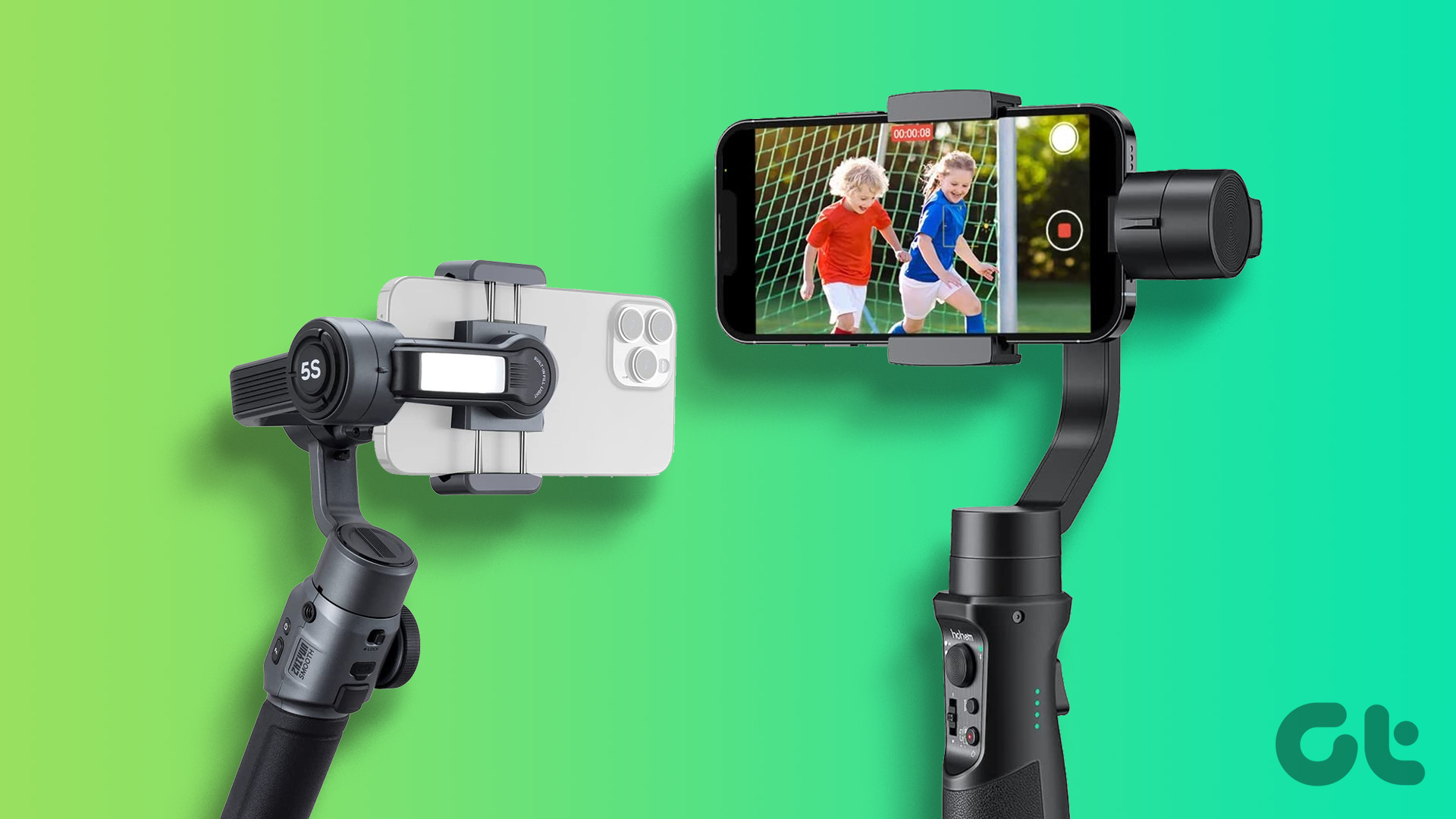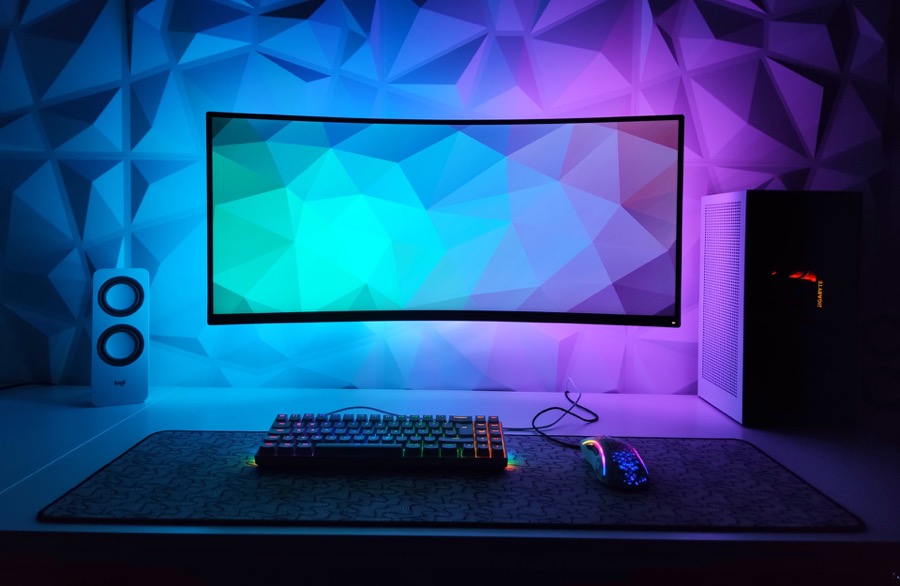If you’re starting off in your photography journey, you might be interested in picking up a mirrorless camera. Mirrorless cameras are lightweight, portable, and come with interchangeable lens systems that provide considerable versatility. Moreover, they’re a great choice for both photographers and videographers — especially if you don’t want to spend too much. Of course, the market is flush with options which is why, we’ve made a list of the best mirrorless cameras for beginners.
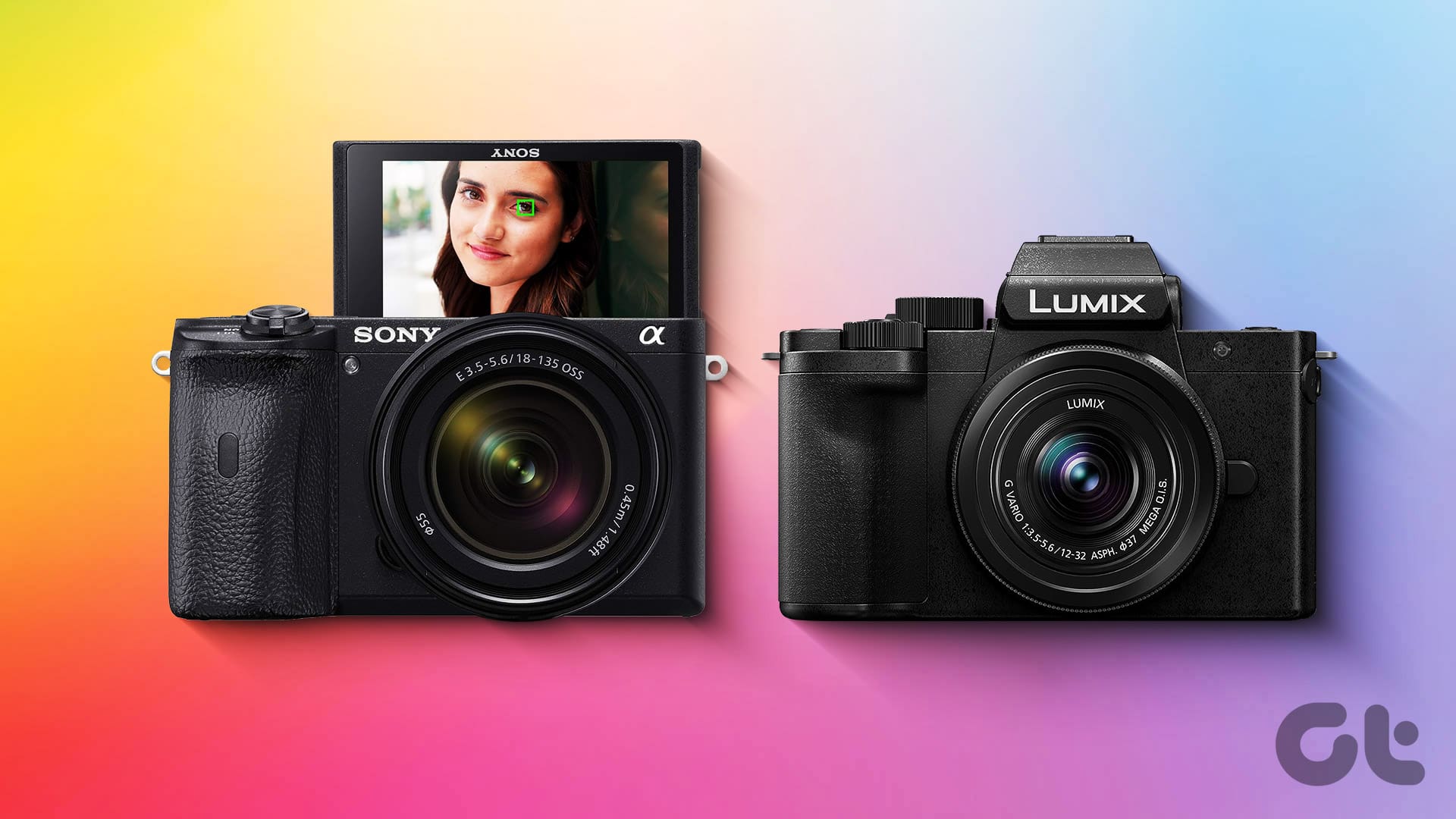
From affordable photography options to dedicated cameras for high-quality content creation, the list has them all. In fact, most of the entry-level mirrorless cameras mentioned below cater to a wide range of audiences. So, you can expect some great images and videos, no matter which one you pick. But before getting to the products –
- Looking to upload videos online? You can get a dedicated camera for YouTube for under $500.
- Record your everyday life with ease using pocket cameras for vlogging.
- If you’re ready to splurge, consider getting a full-frame camera for beginners.
1. Panasonic LUMIX G7KS
- Sensor: 16MP
- Video resolution: 4K
- Included lens: 14-42mm
The Panasonic Lumix G7KS uses a micro four-thirds lens system and ships with a capable 14-42mm lens in the box. You can use this lens for wide-angle shots as well as portraits, so it’s quite versatile. But of course, the interchangeable lens system allows you to swap to any other lens of your choice based on the desired focal length.
As per reviews, the autofocus capabilities of the G7KS are remarkably good — especially for a camera at this price point. Colors turn out to be slightly more saturated, making them social media-ready. If you’re starting off with photography, the Lumix G7KS is an excellent beginner mirrorless camera. It’s worth noting though, that there’s no in-body stabilization, so videos may appear shaky if you’re not using a tripod or gimbal.
What We Like
What We Don’t Like
2. Panasonic LUMIX G100
- Sensor: 21.7MP
- Video resolution: 4K
- Included lens: 12-32mm
The first and foremost improvement can be seen in the camera body, which is now easier to hold and shoot with — especially if you’re traveling or recording videos on the fly. Along with this, an extremely valuable addition is IBIS or in-body image stabilization. The 5-axis stabilization makes it easier to click good pictures at night and eliminates jitters from videos too.
Notably, the included kit lens doesn’t have as wide a range of focal lengths as the Lumix G7KS mentioned above. While it can give you a slightly wider field of view at 12mm, the zoom is only limited to 32mm. That said, the image quality is superb as per several users, and the camera is extremely simple to use — a key aspect for beginners. It struggles to focus in the dark at times though, so take note of that if you plan on shooting a lot in low light.
What We Like
What We Don’t Like
3. Nikon Z 30
- Sensor: 20.9MP
- Video resolution: 4K
- Included lens: 16-50mm
There are some specific features of the Nikon Z 30 that make it a good camera for vloggers. Along with the flip-out screen, the stereo mic onboard captures good audio without the need for an external mic. You can even control the camera from your smartphone, eliminating the need to manually press the record button.
Moreover, the Z 30 also supports live streaming and can be used as a webcam with your computer. The image quality is excellent, as per reviews, with the primary highlight being the unit’s true-to-life color output. 4K videos look crisp with lots of details, but recording for a long duration leads to overheating, according to a few users. So, it’s ideal to get the Nikon Z 30 to click photos or record short clips.
What We Like
What We Don’t Like
4. Sony Alpha ZV-E10
- Sensor: 24.2MP
- Video resolution: 4K
- Included lens: 16-50mm
Not to forget, all the abovementioned features are accompanied by a solid mic with a dead cat attachment that filters background and wind noise. This allows for clear audio when shooting outdoors as well. Along with the audio, the video capabilities of this camera are fantastic, so if you’re a budding YouTuber or you wish to create Instagram Reels/TikToks, you must consider the ZV-E10. The focus is more on videos here, but photos also turn out just fine.
There are a few cons, though, that can be quite bothersome depending on your usage. For starters, the battery life is average, so if you keep vlogging all day, you will need to carry an extra battery or connect a power bank. On top of that, the ports are too close to one another, so if you connect the charger, you cannot plug in an external monitor. Lastly, the touchscreen only works for focusing, so you’ll have to use the physical buttons to navigate around the menu. If you can get past these issues, the Sony ZV-E10 can produce high-quality photos and videos.
What We Like
What We Don’t Like
5. Fujifilm X-T30 II
- Sensor: 26.1MP
- Video resolution: 4K
- Included lens: 15-45mm
Compared to all the other cameras on this list, the Fujifilm X-T30 II has a classy look. The retro design gives it a nice appeal, and the textured sides provide a good grip when clicking. Apart from the looks, the primary highlight of the Fuji X-T30 is its ability to quickly lock focus onto subjects and click pictures with low ISO levels and fast shutter speeds.
The color science is also quite unique compared to Sony or Nikon, with images having a distinctive, moody look to them. In fact, a review describes the camera as one for those who are too lazy to edit their photos! There are 18 film simulation modes onboard as well that you can experiment with. Now, while the Fujifilm X-T30 is a wonderful little camera, the biggest downside for aspiring content creators is the lack of a flip-up screen.
The articulating LCD display can be tilted to various angles, but it cannot face you when trying to vlog or record yourself. If your use case doesn’t involve this scenario, it shouldn’t pose a problem. Rest assured, you should pick up the X-T30 II purely for its stellar output.
What We Like
What We Don’t Like
6. Sony Alpha A6600
- Sensor: 25MP
- Video resolution: 4K
- Included lens: Nil (Optional 18-135mm)
Instead of EIS like on the ZV-E10, the Sony A6600 has in-body image stabilization, so no matter which lens you put on the camera, you can expect the footage to turn out smooth whenever you’re recording a video — even without a tripod or gimbal. Now, the newly launched Sony A6700 is certainly better with videos, but the difference in price isn’t justified — especially if you’re predominantly looking to click photos.
The autofocus is excellent too, and you can shoot at up to 11fps at 24MP, which is impressive. Sony’s color science is outstanding as well, so whether you’re capturing landscapes, wildlife, or even products, your frames are going to turn out excellent. The only downside is that the camera is slightly pricey, and you get just the body for the starting price. If you spend a little more, though, you can get the same camera with the Sony 18-135mm lens. But, we recommend picking up just the body so you can save up and get a better lens.
What We Like
What We Don’t Like
Learn to Capture the Best Shot
It can be easy to get carried away by so many cameras in the market — all at various price points. But, if you’re stepping foot into the world of photography, it’s important to pick up the right camera to master your skills and learn the art in a simple fashion. And that’s exactly what all the best mirrorless cameras for beginners mentioned in the list above will help you do.
Was this helpful?
Last updated on 12 January, 2024
The article above may contain affiliate links which help support Guiding Tech. The content remains unbiased and authentic and will never affect our editorial integrity.

